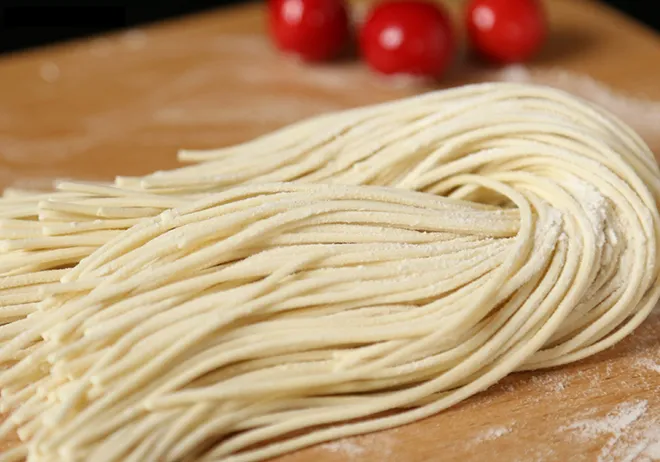japanese shirataki noodles
The Versatility and Benefits of Japanese Shirataki Noodles
Shirataki noodles, often dubbed the miracle noodle, have gained popularity worldwide, especially among health enthusiasts and those following low-carb, gluten-free, or ketogenic diets. Originating from Japan, these translucent noodles are made from the konjac yam (Amorphophallus konjac), a plant native to Southeast Asia. Known for their unique texture and health benefits, they offer a delightful addition to various dishes.
What Are Shirataki Noodles?
Shirataki noodles are primarily composed of water and glucomannan, a dietary fiber derived from the konjac yam. This unique composition makes them incredibly low in calories—often containing less than 10 calories per serving—while being high in fiber. The noodles are available in various forms, including spaghetti, fettuccine, and rice, making them versatile for different types of cuisine.
One interesting aspect of shirataki noodles is their ability to absorb flavors from sauces and seasonings. This characteristic allows them to blend seamlessly into dishes, enhancing the overall taste while maintaining their unique, slightly chewy texture.
Health Benefits
1. Low-Calorie Content One of the most appealing aspects of shirataki noodles is their low-calorie nature. They can be a great substitute for traditional pasta, providing a satisfying base for meals without the excess calories, which is particularly appealing for weight-conscious individuals.
2. High in Fiber The glucomannan present in shirataki noodles is a soluble fiber that can help with digestion. It absorbs water in the stomach, promoting a feeling of fullness, which may aid in reducing overall food intake.
japanese shirataki noodles

3. Blood Sugar Control Due to their low carbohydrate content and high fiber levels, shirataki noodles can be beneficial for individuals with diabetes. They have a minimal impact on blood sugar levels, making them a suitable choice for those looking to manage their glucose levels.
4. Gluten-Free and Vegan Shirataki noodles are naturally gluten-free, making them an excellent choice for those with gluten sensitivities or celiac disease. Additionally, they cater to vegan diets as they contain no animal products.
How to Prepare and Use Shirataki Noodles
While shirataki noodles come ready-to-eat in most packages, there are some steps to ensure the best texture and flavor. First, it is essential to rinse the noodles thoroughly under cold water to eliminate any fishy odor that may come from the packaging. After rinsing, it’s advisable to boil or sauté the noodles for a few minutes to help improve their texture and absorb flavors.
Shirataki noodles can be incorporated into various dishes
- Stir-fries Toss them into your favorite stir-fry recipes with vegetables and protein for a quick, healthful meal. - Soups Add them to miso soup or noodle soup for a warm, comforting dish. - Salads Use cold shirataki noodles in salads, mixing them with your choice of vegetables and a flavorful dressing for a refreshing side dish. - Curry Serve them with Japanese curry, allowing the noodles to soak up the delicious sauce.
Conclusion
Japanese shirataki noodles have established themselves as a fantastic option for anyone looking to enjoy a nutritious, low-calorie meal. With their versatility and health benefits, they have earned a permanent spot in health-conscious kitchens around the world. Whether you are aiming to lose weight, manage your blood sugar, or simply enjoy a hearty meal without the guilt, shirataki noodles are worth adding to your culinary repertoire. So next time you’re in the mood for a hearty bowl of noodles, consider giving these healthy alternatives a try—your taste buds and your body will thank you!
-
Is Whole Wheat Pasta Healthy?NewsMay.30,2025
-
Are Soba Noodles Good for Weight Loss?NewsMay.30,2025
-
Are Buckwheat Soba Noodles Healthy?NewsMay.30,2025
-
Are Buckwheat Soba Noodles Gluten Free?NewsMay.30,2025
-
Are Buckwheat Noodles Good for You?NewsMay.30,2025
-
A Healthy Way to Savor Soba and Spicy FlavorsNewsMay.30,2025
-
What Are Lanzhou Noodles?NewsMay.30,2025
Browse qua the following product new the we

















































































































